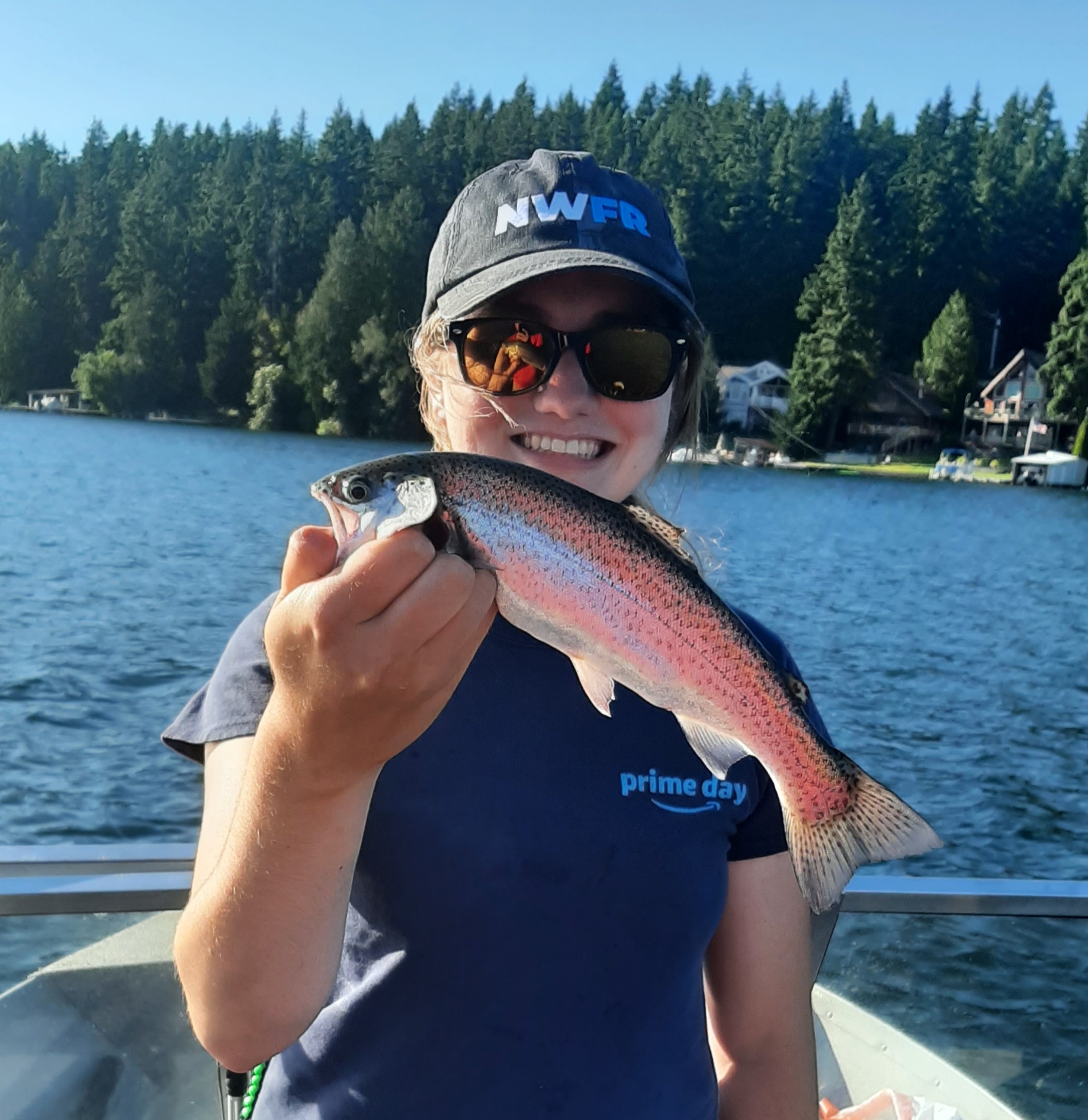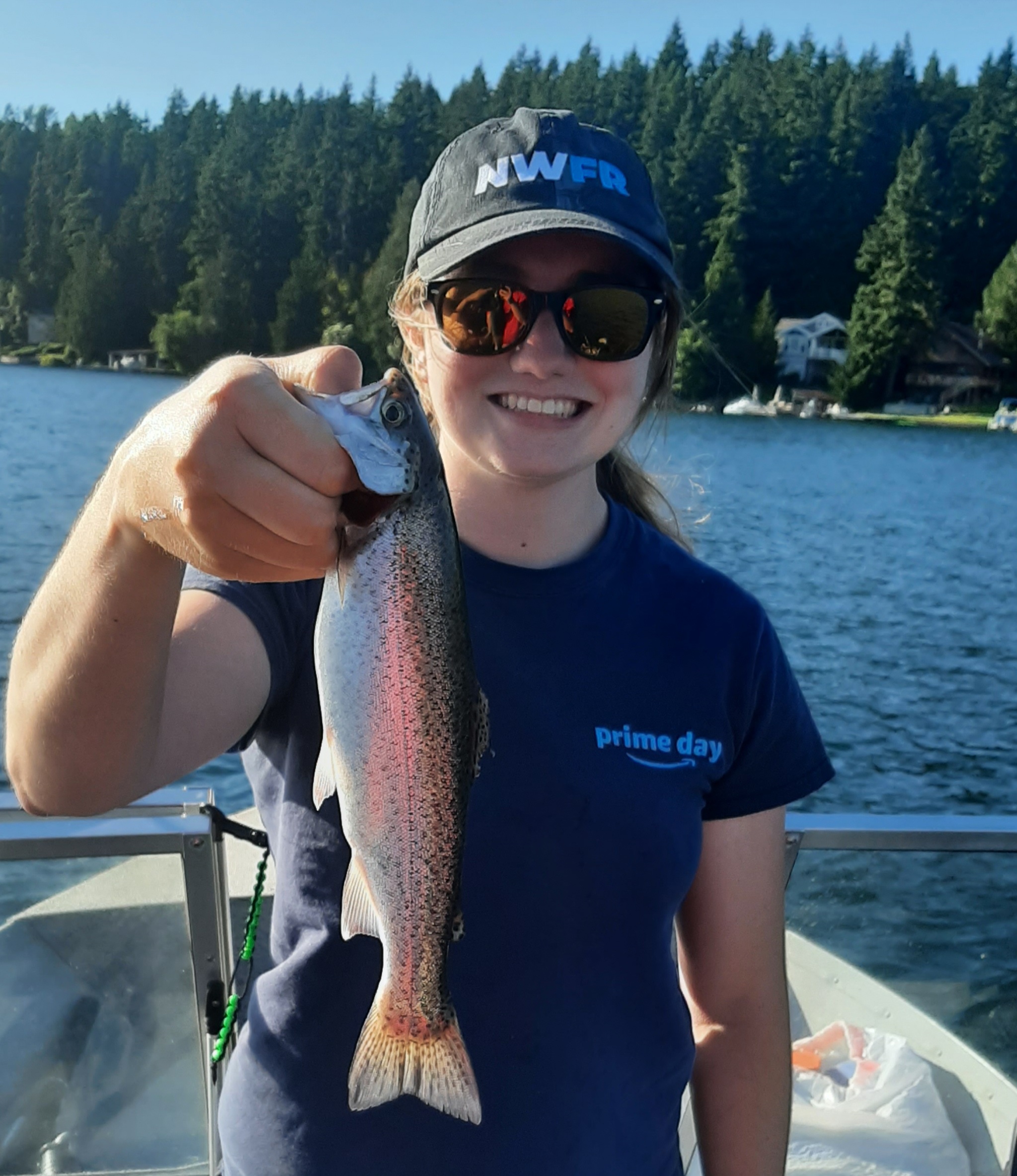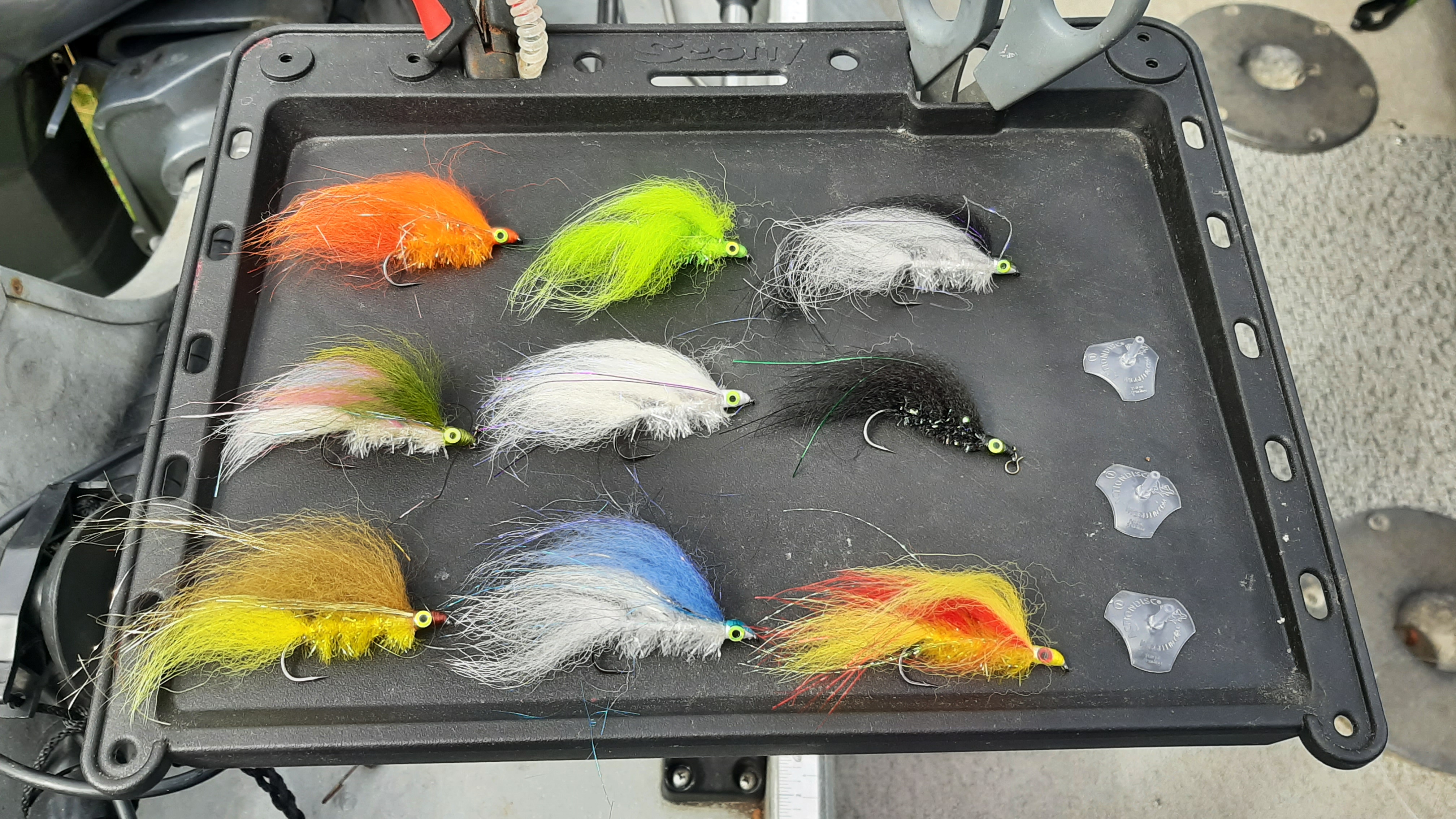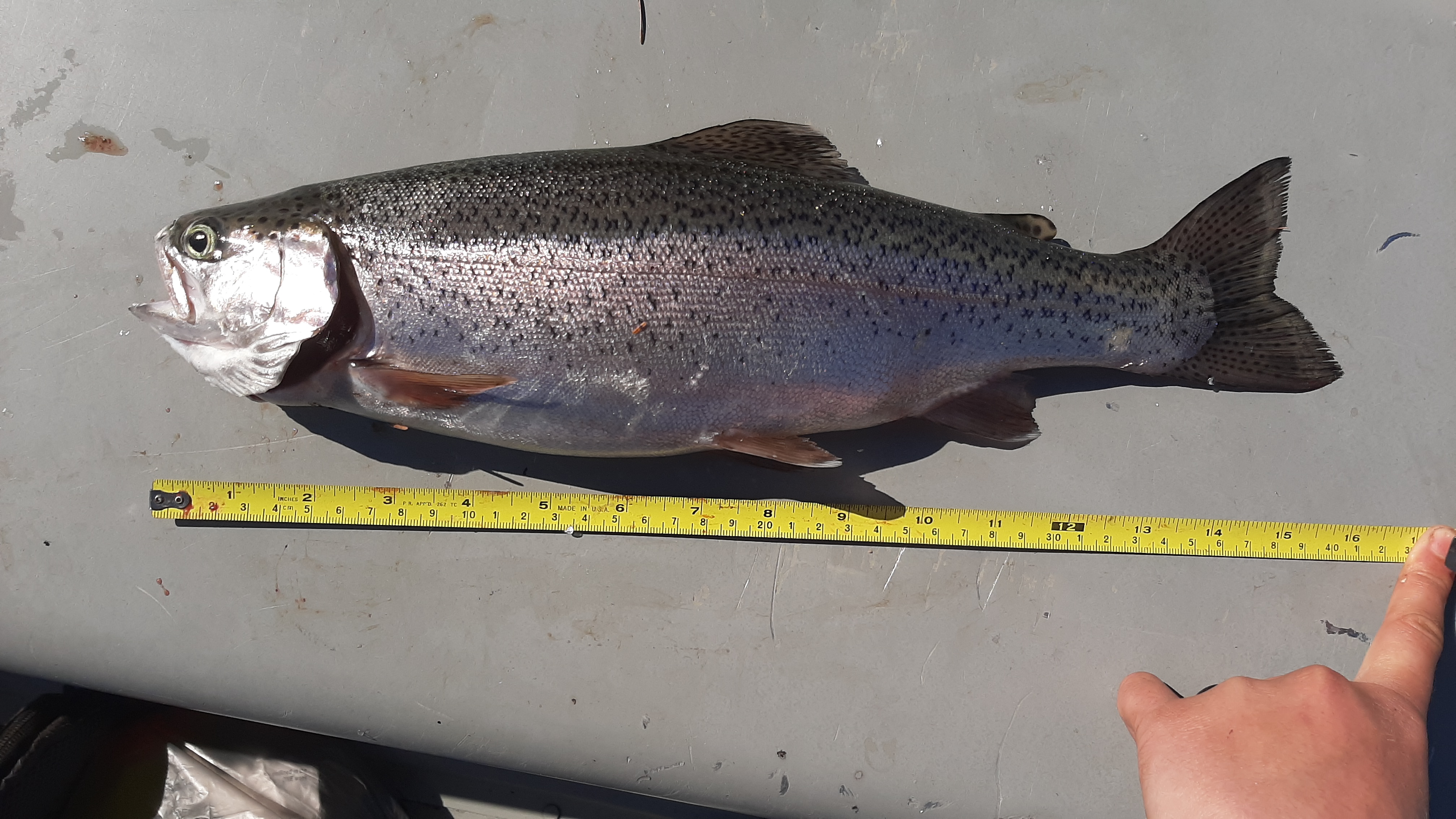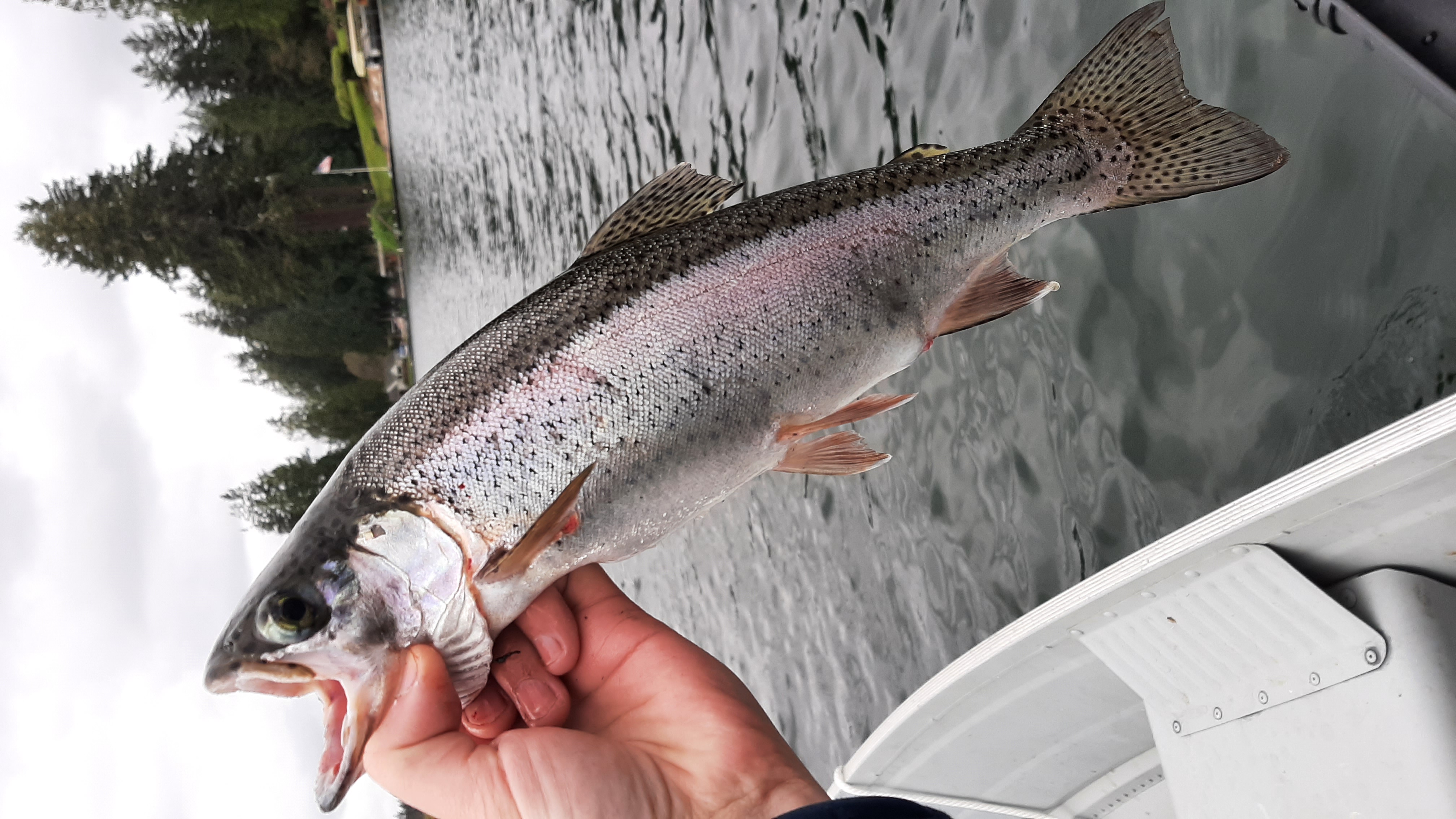Search
Latest Articles
Trolling Flies for Trout
by Hannah Pennebaker , October 05, 2021
Sometimes typical trolling techniques just aren't effective on fall trout. The fish have been seeing the same wedding rings and plugs all year, and they aren't fooled. These fish are survivors; they lasted the entire spring and summer without becoming someone's dinner. This is where trying something new can make all the difference between coming home with a limit of trout for your frying pan, and getting skunked. Let's talk about trolling flies. You might think that flies are only for fly rods and rivers. The thought of flies conjures up the image of the fly fisherman in waders in your local creek, perfecting his or her casts. Well, it turns out that flies can also be used for trolling, just like spinners, spoons, and plugs. In the fall, rainbows are looking for big meals to put on weight before winter. Flies resembling baitfish are irresistible to hungry trout. Fall is the best time of year to use trolling flies. Freshly stocked trout might not be as responsive to them, but a fall trout has learned to forage for more natural foods and will respond better to a trolling fly. I've also noticed that bigger trout tend to bite trolling flies! My first trolling fly trout was an 18 inch holdover from Spanaway Lake. I couldn't believe the fight it gave me, or how good it tasted on the smoker. Let's delve into how to rig and use these special lures.
Rigging trolling flies is fairly simple. You want to give your fly some action so that it wiggles and dodges to attract fish. You can accomplish this by using a dodger or a Wiggle Fin action disc. Sometimes the fish will be drawn in by a flashy, colorful dodger. Other times, they prefer a smaller, more natural presentation, and will bite a fly paired with an action disc more readily. It's good to have both options on your boat.
Tie your trolling fly on an 8-10 inch leader, regardless of which attractor you use. Flies have no action of their own, so the shorter leader will give them more fish attracting movement. The action disc will simply slide over your leader. You can adjust the distance between the fly and action disc with a bobber stopper. The closer action disc is to the fly, the more action it will have. Tie your leader to your main line, and you're ready to fish!
As far as tackle goes, your usual kokanee or trout trolling rods will work just fine. I use 8'6 light action rods with size 100 line counter reels. Your pole should have enough back bone to withstand your chosen technique, whether that is leaded line, planer boards, downriggers, or sliding weights. I typically use 2 poles on downriggers so that I know exactly what depth I'm fishing at. For the other 2 poles, I will either stack them on my downriggers or put them on planer boards. The planer board bite is always satisfying! They tend to be more effective later in the fall when the trout are on the surface. Keep an eye on your fish finder to see how deep the fish are cruising.
There are many different types of trolling flies. It's a good idea to bring several different patterns and colors to find what the fish are keying onto that day. Some are designed to mimic minnows, others resemble rainbow trout fry! Trolling flies are made out of a variety of different materials, including mylar, arctic fox fur, and buck tail. Try out different designs and see what works best for you. Mylar can bring a fish attracting shine, while arctic fox fur has a unique pulse in the water. Chartreuse and other brightly colored flies work well in murky water where the trout don't have as much visibility. Naturally colored flies work best in clear water.
As far as speed goes, keep it slow in early fall and speed up in late fall. Trout are all about water temperature and will be more willing to chase down a speedier offering when the water gets colder. I keep it between 1.6 and 2.2 MPH most days. Trolling flies can be used at any speed, but some dodgers work better at certain speeds, so it's a good idea to watch the action of your presentation before sending it down. You want your dodger to swing back and forth like a wounded bait fish, not spin in circles.
A final word of advice I'll give you is to make sure to dry your trolling flies between each trip and keep them clean. Try not to pinch the fibers in your tackle box or bend them. Avoid using oil based scents as well. You want a clean, dry trolling fly for optimal action and presentation in the water. They are a bit more difficult to take care of than soft plastics and hard jigs, but its well worth the effort.
Fall can be one of the most productive and rewarding times to target rainbow trout. Check your rules and regulations before heading out- not all lakes are year round, so some might have seasonal closures. The trout have had all year to feed and grow large. We all know that trout become less active in the summer months and harder to catch. With cooling temperatures and water, you'll have no problem catching your limit of hungry, active fish. Go out and try trolling flies on your local lake this fall; we hope to see you out there!
